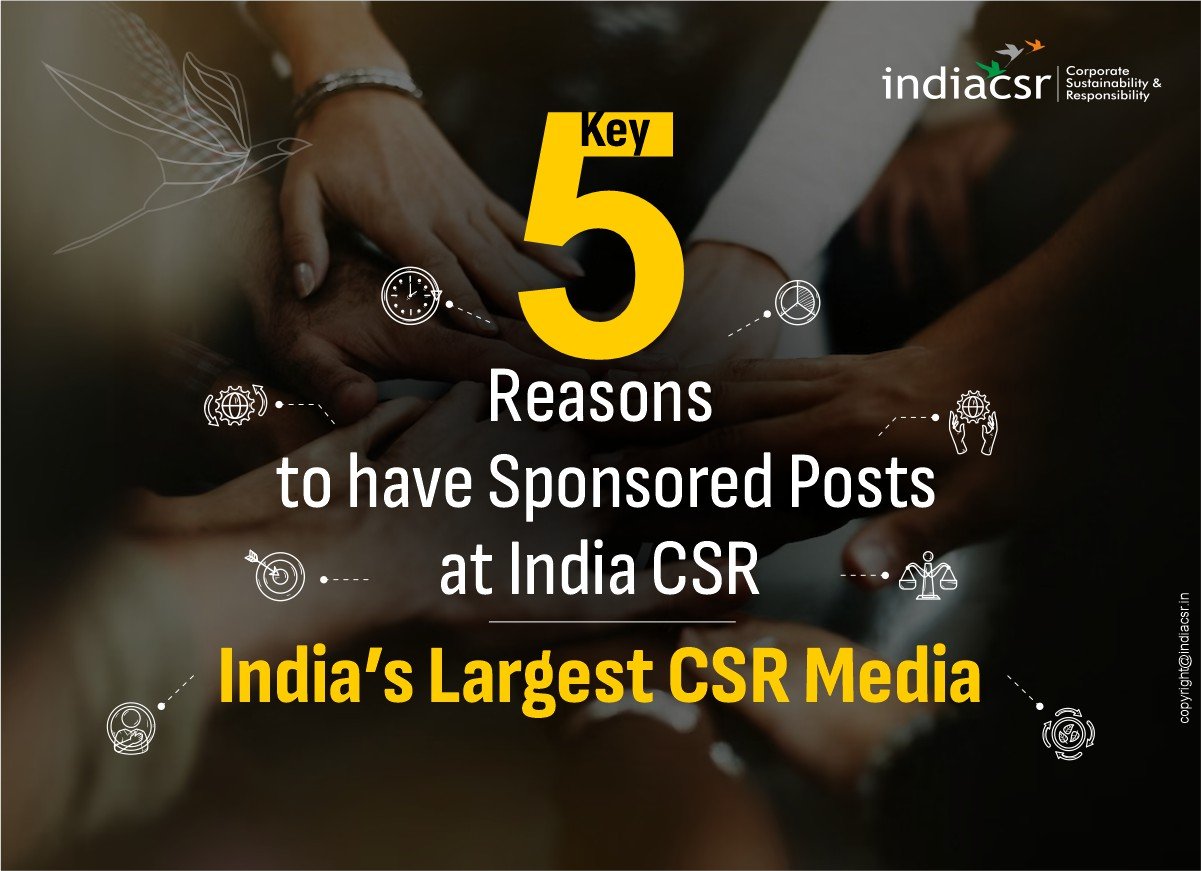When planning your financial future, picking the right tax-saving instrument is crucial. Two most popular options are Equity-Linked Savings Schemes (ELSS) and Public Provident Funds (PPF). Both are excellent choices for tax-saving under Section 80C of the Income Tax Act, but their structures, benefits and suitability vary. Whether you prioritise high returns, risk management, or liquidity, understanding the differences between ELSS vs PPF is essential for making the right choice.
What is ELSS?
ELSS is a market-linked mutual fund that invests predominantly in equities. Known for its high return potential, it comes with a three-year lock-in period, making it the shortest among tax-saving investments. While ELSS carries market risks, its ability to generate substantial long-term returns makes it an attractive option for investors with moderate to high risk tolerance.
Key features of ELSS:
- High return potential: Returns from ELSS are market-linked, and historically, they have outperformed fixed-return investments over the long term.
- Tax benefits: Investments of up to Rs. 1.5 lakh per year are eligible for deductions under Section 80C.
- Lock-in period: The three-year lock-in period promotes disciplined savings while providing partial liquidity sooner than other tax-saving instruments.
What is PPF?
A government-backed savings plan called the Public Provident Fund (PPF) is intended for people looking for long-term, risk-free investing opportunities. It offers stable returns at a fixed interest rate, which is revised quarterly by the government. The PPF comes with a lock-in period of 15 years, making it a popular choice for those with long-term goals like retirement or children’s education.
Key features of PPF:
- Guaranteed returns: PPF offers fixed returns, providing safety and stability to your investment.
- Tax benefits: Contributions of up to Rs. 1.5 lakh annually qualify for Section 80C deductions, and the returns and maturity amount are tax-free.
- Long-term security: Ideal for those with long-term financial goals like retirement.
ELSS vs. PPF: A detailed comparison
| Parameter | ELSS | PPF |
| Risk | High (market-linked) | Low (government-backed) |
| Returns | Market-dependent, potentially higher | Fixed, declared quarterly |
| Lock-in period | 3 years | 15 years |
| Taxation | Returns above Rs. 1 lakh taxable | Fully tax-free |
| Liquidity | Moderate (redeemable after 3 years) | Low (partial withdrawal allowed after 5 years) |
| Suitability | For risk-tolerant investors seeking higher returns | For conservative investors seeking stability |
Which one should you choose?
ELSS is ideal for you if:
- You are willing to accept short-term market volatility for the potential of higher returns.
- Your investment timeline is medium to long-term (3-10 years).
- You are comfortable with equity investments and want to build wealth faster.
PPF is ideal for you if:
- You prioritise safety and want guaranteed, risk-free returns.
- You have long-term financial goals like retirement or a child’s higher education.
- You prefer tax-free returns with a focus on preserving capital.
Conclusion
If your budget allows, consider diversifying your portfolio by investing in both ELSS and PPF. ELSS offers higher growth potential for medium-term goals, while PPF provides stability and security for long-term planning. Analyse your financial goals, risk tolerance, and time horizon to make the right decision. By choosing wisely, you can pave the way for a financially secure future.























